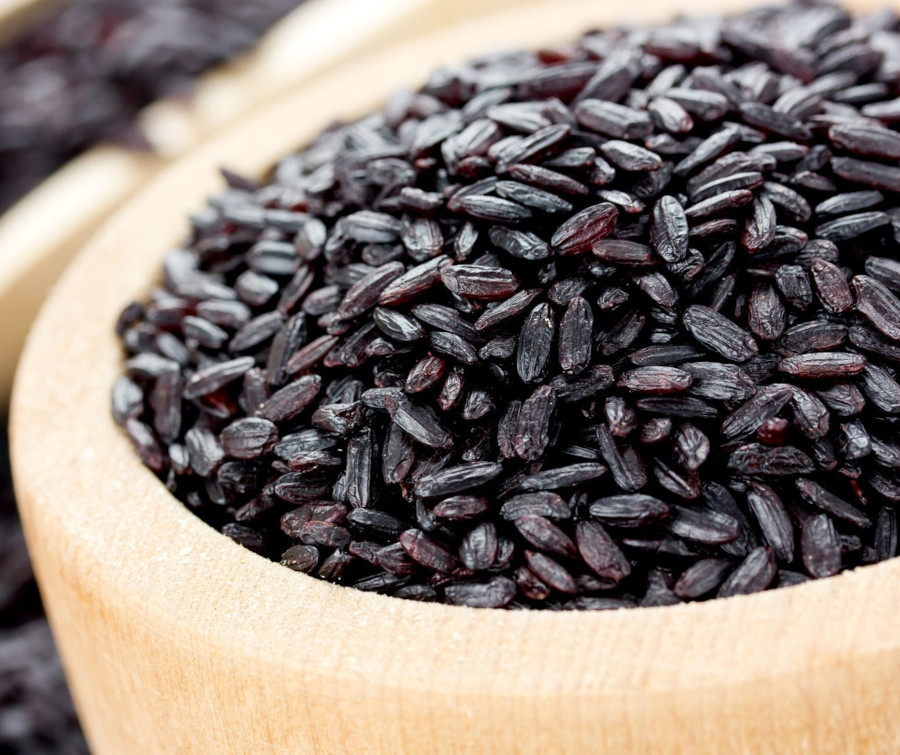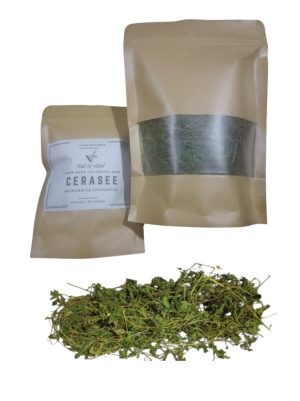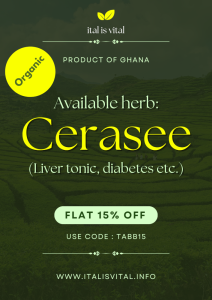Dr. Sebi advocated for an alkaline diet and often expressed that certain foods, especially hybrids, genetically modified organisms (GMQ) or foods otherwise modified or manipulated, are not suitable for optimal health. Being that black rice is not a natural species of rice, Dr. Sebi discouraged its consumption.
Dr. Sebi noted these foods could disrupt the body’s alkaline balance and contribute to health issues. Dr. Sebi advocated for the consumption of “natural” and non-hybrid foods that align with his understanding of an alkaline diet.
Is black rice a wild species?
No, black rice (Oryza sativa) is not a wild species. It is a variety of cultivated rice. The term “wild rice” typically refers to a different genus altogether, known as Zizania. Black rice, on the other hand, is a cultivated variety of rice with a dark purple-black color due to the presence of anthocyanins.
Black rice has been selectively bred and cultivated by humans for certain characteristics and flavors. It is a part of the same species (Oryza sativa) as many other cultivated rice varieties, including white rice, brown rice, and various colored rice varieties.
In summary, while black rice has distinctive features, it is not a wild species but rather a cultivated variety of rice.
Which species are the parents of black rice?
Black rice (Oryza sativa) is a variety of cultivated rice. Its specific parentage or the exact lineage that led to the development of black rice can be challenging to trace precisely because rice cultivation involves complex breeding and selection processes over centuries. However, it is generally understood that black rice is a result of selective breeding within the broader Oryza sativa species.
While the specific parentage may not be easily identifiable or documented, black rice has likely undergone traditional breeding practices aimed at emphasizing certain traits, including color, flavor, and ‘nutritional’ content. The cultivation and selection of rice varieties have been ongoing for thousands of years, with farmers selecting and propagating plants that exhibit certain characteristics.
What is a cultivated species?
A cultivated species refers to a group of organisms, typically plants or crops, that have been intentionally grown and modified by humans through cultivation and selective breeding. Cultivation involves the deliberate act of preparing and tending to the soil, planting seeds or propagules, and managing the growth and development of the species for human use.
Key characteristics of a cultivated species include:
- Human Intervention: Cultivated species have undergone intentional human intervention, including planting, breeding, and other agricultural practices, for specific traits.
- Selective Breeding: Humans have selectively bred cultivated species to emphasize specific characteristics, such as size, color, taste, yield, resistance to pests or diseases, and adaptability to certain environmental conditions.
- Domestication: Many cultivated species have undergone a process of domestication, where they have become adapted to and dependent on human care for their survival and reproduction.
- Varietal Diversity: Cultivated species often exist in numerous varieties or cultivars, each with distinct traits suited for particular uses or growing conditions.
Examples of cultivated species include various crops such as rice (Oryza sativa), wheat (Triticum aestivum), maize (Zea mays), and fruits like apples (Malus domestica) and bananas (Musa spp.). These species have been shaped by generations of human agricultural practices to meet specific needs and preferences.














